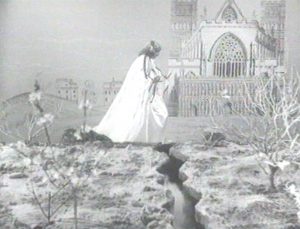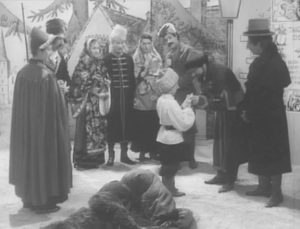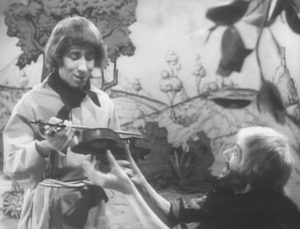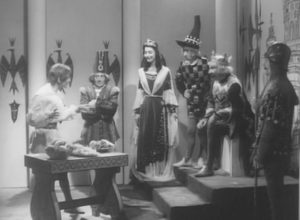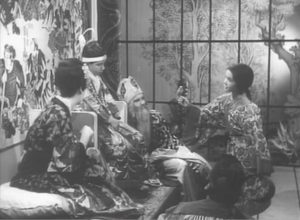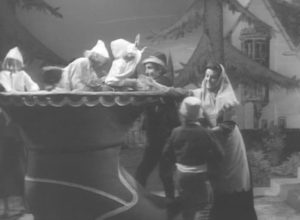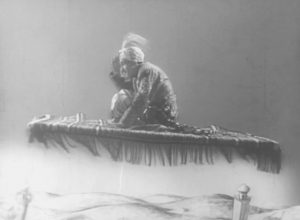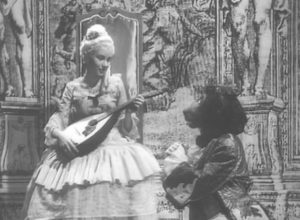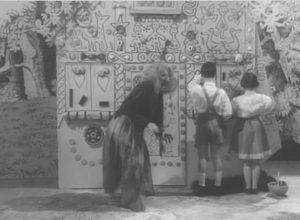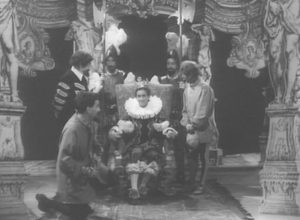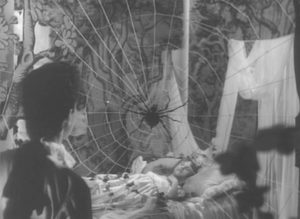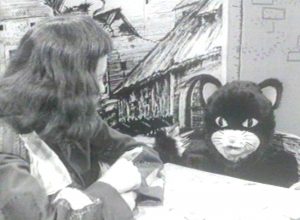Once upon a time… on Carosello
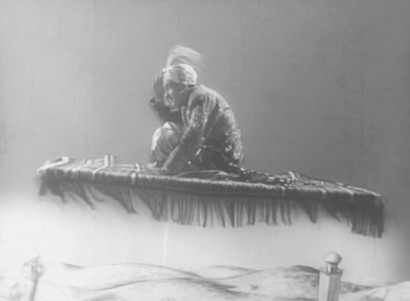
by Emmanuel Grossi
Carosello had just celebrated its first year when Barilla entered it. In spite of being on air from a relatively short time, the program had already conquered the viewers and was yielding many satisfactions to the very few companies that were able to gain access to it. Surely the investment was exorbitant, given the cost of production (except for a few cases, each film was aired once and only once), the purchase of airing slots (sold as gold ingots by SIPRA, the advertising agency for RAI, the Italian public radio and television) and the “system charges” that were tacitly imposed by RAI itself (included in the package deal, the advertiser firm had to pay for spaces on radio, magazines, newspapers and cinema circuits managed by the SIPRA advertising dealership)… However, the game was worth the candle for the enormous return in image and sales. So much so that Barilla booked a year and a half in a row: from April 1958 to September 1959.
In those days, there were quarterly contractual cycles and each involved eleven television passages; the series with which Barilla made its debut filled up two cycles and this required the making of about twenty shorts. Since it was decided to advertise gluten pasta for children (“corporate” campaigns were not allowed), it was decided to make references to childhood also in the so-called entertainment section. Short versions of famous fairy tales were set up, handed down to us by Hans Christian Andersen, Jacob and Wilhelm Grimm and Charles Perrault (but often of popular derivation).
When viewed again today, more than sixty years later, these short films appear to be naive, but they were anything but poor or simplistic!
They were realized by one of the most important production studios of the time: “Organizzazione Pagot” of Milan, owned by the brothers Nino and Toni Pagot, kings of cartoon movie shorts for cinemas who sometimes tried their hand at shooting live action (like in this case). The director was Attilio Giovannini, the first and greatest expert of the twentieth century of Italian audiovisual advertising, who occasionally did not disdain to “throw himself into the fight” and working as a screenwriter and/or director.
Indeed, we find many “cultured” references that lead back to the great tradition of illustration and cinema (and not just cartoons): the sets were designed to reproduce ancient engravings and prints, special effects were those used in early films: overlays, skillful games of optics and mirrors (which, for example, allow a group of children and a giant ogre to coexist in the same frame in The Boots of the Seven Leagues).
The cast was noteworthy as well. The protagonist of many fairy tales (The prodigious violin, Puss in boots…) was Angelo Corti, an excellent mime that we will find again in a lot of advertising in Milan in the 1960s and 1970s and as a teacher at the National Academy of Dramatic Art in Rome. In other episodes, actors barely in their twenties who studied at the Piccolo Teatro or at the Teatro dei Filodrammatici appeared: for example, in Bellinda and the monster and in The Invisible Prince we seem to recognize Umberto Ceriani, together with Nino Castelnuovo in The magic carpet…
Seeing the good results of this, after six months the communication campaign aimed higher: fairy tales became literary texts and historical artifacts and an already affirmed actor as Giorgio Albertazzi replaced the promising beginners of the theater.
